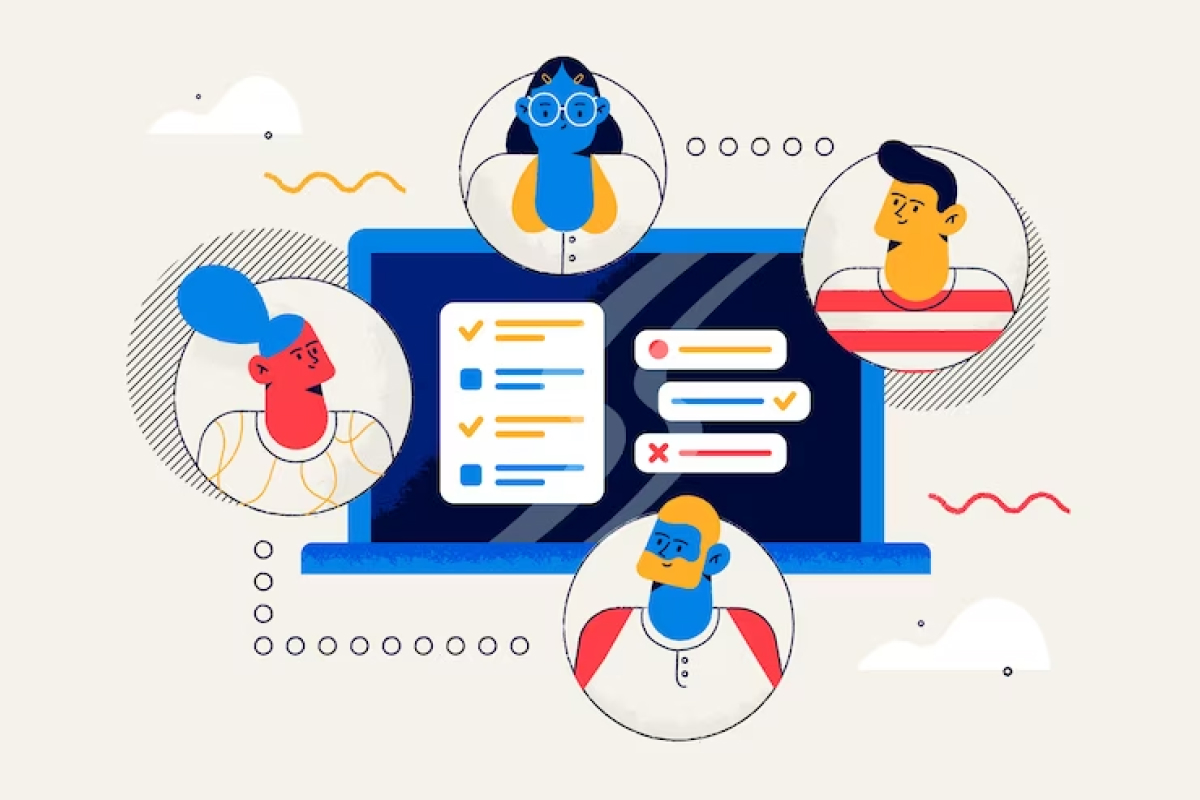In the fast-paced world of product and service design, it is crucial to prioritize the needs and preferences of users. User-centered design, also known as user-centric design, is an approach that revolves around understanding and accommodating the requirements of the end-users. By focusing on the user experience, companies can create successful and engaging products that resonate with their target audience.
Understanding User Needs
To design with the user in mind, it is essential to gain a deep understanding of their needs and expectations. This can be achieved through various research methods. Surveys and questionnaires help gather quantitative data, while interviews and user observations provide valuable qualitative insights. By combining these techniques, designers can paint a comprehensive picture of their target users.
Creating user personas is another effective way to capture user characteristics and behaviors. By defining distinct user groups, designers can tailor their products to specific demographics. User personas help identify users’ goals, motivations, and pain points, enabling the design team to make informed decisions that align with user expectations.
Empathy and User Journey Mapping
Developing empathy for users is a cornerstone of user-centered design. Designers need to put themselves in the shoes of their users to truly understand their emotions, motivations, and frustrations. By empathizing with users, designers can create more intuitive and meaningful experiences.
User journey mapping is a technique that visualizes the user’s interactions with a product or service. It involves identifying touchpoints and interactions at each stage of the user’s journey. By mapping the user journey, designers can identify pain points and areas for improvement. This helps ensure that the design addresses user needs throughout the entire experience.
Iterative Design and Prototyping
Iterative design and prototyping play a crucial role in user-centered design. Designers create design prototypes, which can range from simple sketches to interactive mockups. These prototypes allow designers to visualize and test their ideas before investing significant resources into development.
Gathering user feedback is an integral part of the iterative design process. Usability testing and user feedback sessions provide valuable insights into how users interact with the product or service. By observing users in action and collecting their feedback, designers can uncover usability issues and areas that require improvement.
During usability testing, designers set clear objectives and define specific test scenarios. Users are then asked to perform tasks while their interactions are observed. This process helps identify any usability bottlenecks, navigation challenges, or confusing elements within the design. By actively involving users in the testing phase, designers can make informed decisions based on real user experiences.
Once the usability test is complete, designers analyze the test results to gain a deeper understanding of the user’s perspective. They identify patterns and trends, pinpointing specific areas that need refinement. By prioritizing the issues and considering user feedback, designers can make data-driven design decisions that improve the overall user experience.
Continual Improvement and Optimization
User-centered design is an ongoing process that involves continual improvement and optimization. Designers must embrace user feedback and iterate their designs based on user suggestions and preferences. This iterative approach ensures that the product or service evolves in line with user needs and expectations.
Analyzing user metrics and behavior is another crucial aspect of user-centric design. By utilizing analytics tools, designers can track user engagement, identify popular features, and understand how users interact with the product or service. These insights provide valuable data for optimizing the design and enhancing the user experience.
By continually monitoring user metrics and behavior, designers can identify trends and patterns. They can then make informed decisions to optimize the design, addressing pain points and enhancing the overall user experience. This data-driven approach ensures that the product or service remains relevant and valuable to the users over time.
Conclusion
User-centered design principles and techniques are essential for creating successful and engaging products and services. By understanding user needs, developing empathy, and mapping the user journey, designers can create experiences that resonate with their target audience. Iterative design, usability testing, and continual improvement ensure that the design evolves based on user feedback and data-driven insights.
When design decisions are rooted in user-centric principles, companies can deliver products and services that not only meet user expectations but also exceed them. By prioritizing the user experience throughout the design process, businesses can establish a strong connection with their users, build brand loyalty, and drive business success. User-centric design is a powerful approach that enables companies to create meaningful and impactful experiences in today’s digital landscape.



